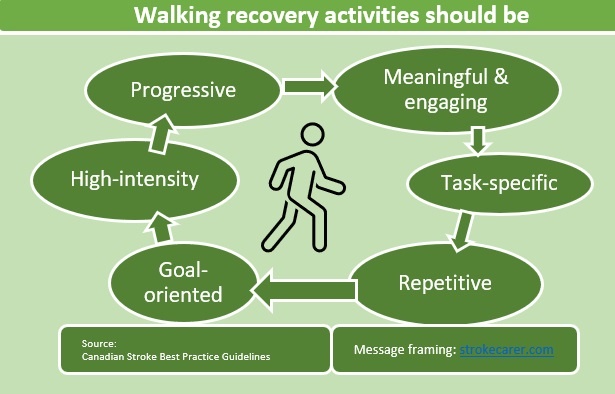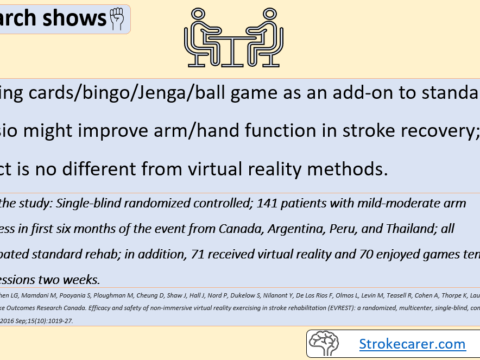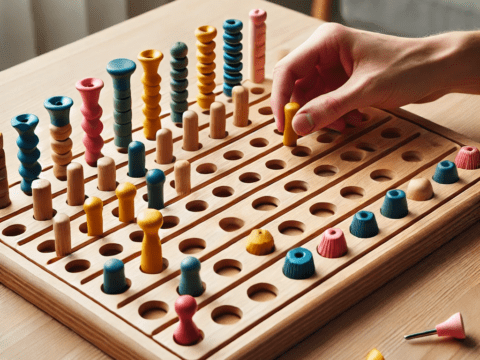
Basic rules
As in the case of regaining arm and hand movements, the following six basic rules apply to regain walking after a stroke.

This post looks at the evidence about how caregivers should apply the above rules to regain walking ability.
Assess severity
The journey begins with a severity assessment. A specially trained physiotherapist should assess and start physiotherapy according to the NICE guidelines1.
Start early
Starting to move as early as possible, between 24 – 48 hours2, after stroke yields better recovery of walking ability as in the case of all other recovery efforts. Strong evidence exists that early movements followed by intense training sessions improve gait and leg function3. The National Guidelines for stroke2 recommend the following for those with difficulty in moving but are medically stable;
- Frequent, daily movements – sitting-out-of-bed, standing, walking – assisted by trained staff
- Movments should begin within 24 hours after the stroke incident only by those with no/little assistance.
Choose meaningful activities and exercises
The new neurons, who take over the tasks previously done by their dead neighbours need training. The NICE Guidelines1 recommend the following task-specific activities;
Sit-to-stand
Sit-to-stand is essential for walking. In 2014, a Cochrane systematic review by Pollock et al.4 found that sit-to-stand exercise improved the time taken to stand and the weight held by the affected leg. This review included only those who were able to stand or walk independently.
The 2021 Australian Guidelines5 strongly recommend the following for those who have difficulty standing;
- Practising functional tasks while standing
- Activities that challenge balance such as overground walking, obstacle courses
- Provide visual/auditory feedback
The 2016 French et al. Cochrane review of 20 RCTs found that overground walking improves leg function and walking distance, but not balance3. This is a strong evidence.
Walking
The 2021 Australian Guidelines5 strongly recommend that those with difficulty walking need support for “tailored repetitive practice of walking as much as possible”. It recommends circuit class therapy and a treadmill with or without body weight support.
Those who can walk independently need treadmill training with or without body weight support. And, those who need support to walk need mechanical-assisted gait training including body weight support.
This training should be of adequate intensity, progressive, task-specific and challenging to improve outcomes.
Exercise bike
According to The 2020 Stroke Rehabilitation Clinicians Handbook3, cycling on an exercise bike may be beneficial to improve balance, activities of daily living, and leg function, but not gait, muscle strength, and spasticity.
Trunk training
- Those who have impaired sitting balance require trunk training exercises1.
- Those with significant impairment in balance and walking ability require progressive balance training1.
- Those with moderate to severe walking ability should be assessed for walking aids1.
Walking aids
Those with moderate to severe walking impairment in walking ability need walking aids1. We can find several varieties of walking aids or devices. You can find useful information about walking sticks (canes) for stroke patients.
Ankle-foot orthosis
Those with significant impairment in balance and walking ability may need ankle-foot orthosis1.
Aerobic and muscle-strengthening exercises
The Stroke Rehabilitation Clinicians Handbook3 recommends aerobic and muscle-strengthening exercises for all,
- Those who can walk with or without assistance
- Those who use wheelchairs
- Trunk training for balance
Repeat the chosen activities progressively
Strong evidence exists that early intense training improves gait and leg function2.
The word intensity refers to the number of repetitions within an hour or any time duration.
Further reading
- Basic rules to recover movements after a stroke
- Best practices to recover arm and hand movements after stroke
References
- National Institute for Health and Care Excellence (NICE): NICE Pathways. Managing movement difficulties after stroke. Accessed on June 4, 2021.
- Royal College of Physicians (2016): National Clinical Guidelines for Stroke, Fifth Edition, 2016, NICE accredited. accessed May 26, 2021.
- Stroke Rehabilitation Clinicians Handbook (2020): ebrsr, http://www.ebrsr.com/sites/default/files/Chapter%203_Lower%20Extremity_2020_ML.pdf
- Pollock A, Gray C, Culham E, Durward BR, Langhorne P. Interventions for improving sit‐to‐stand ability following stroke. Cochrane Database of Systematic Reviews 2014, Issue 5. Art. No.: CD007232. DOI: 10.1002/14651858.CD007232.pub4. Accessed 05 June 2021.
- Australian Clinical Guidelines for Stroke Management (2021): Chapter 5: Rehabilitation. Accessed on June 6, 2021



